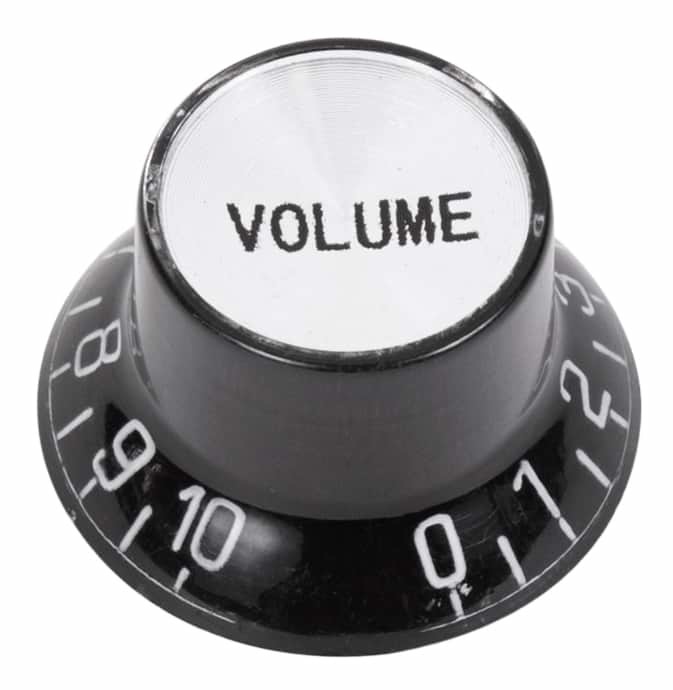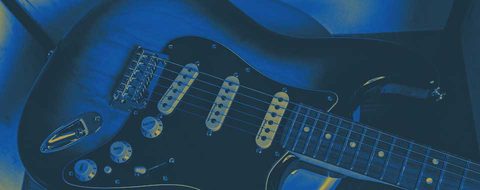Solo Guitar Techniques – Beginners Guide
Learning all the solo guitar techniques in the world is going to take some time we all know. Its a life’s journey and a passion for many. The basics around soloing and not getting both stale and monotonous are really quite basic and with a little thought and feeling your playing will become your own very fast.
The Colors in Music
Light and Shade
It is said that describing music is like a color pallet. Solo guitar techniques are bright and sharp colors as well a dull subtle ones. The light and dark in music to me comes in volume control as well as tone control. Its a personal feel so lets look at the guitar controls to see how we can make it happen.

Volume on a guitar!
Volume on a guitar is a power full control for any guitarist. Not everything you play must be belted out at eleven!
Having great volume control as a solo guitar is a great technique to allow you to connect with the crowd. Playing loud is great but drawing the listener in and making them have to listen can be quite an art. Modulation in volume by simply having good volume control is essential.
Be conscious of what volume your playing and use the volume effectively when playing your solos and guitar in general.

The best players don’t play with their volume at 10 all the time. They may find a point they like at 7 or 8 giving them room to puck up the volume or space to reduce the volume. Its a real art and players like Stevie Ray Vaughn amount theirs really had it down to an art.
Tone Control

The tone control in guitar playing gives you the options of clear sharp tones to smooth creamy tones.
Eric Clapton who is regarded as the creator of the “woman Tone” which is a rich thick and warm tone created with the use of the neck pickup with the tone rolled back.
better both pickups on a Gibson Les Paul with the bridge pickup rolled back. This tone is just beautiful and used my many great guitarists. Give it a try in the context of your solo.
The Best Pickup – How it can Change Everything
Guitar pickup selection is also another way of creating more color in your playing. Your bridge pickup generally gives you a brighter sharper sound where the neck pickup gives you a softer warmer sound with some crispness if needed.

Pickups and Mixing It up
With some guitars there is a mix also of single coil and humbuckers which give quite different sounds. The sound of a Les Paul humbucker to a Paul Read Smith PRS is actually with different. You can also have humbuckers mixed with single coils on Ibanez guitars for example.

The tonal combinations with volume, tone control and single or combinations of pickups gives you quite a tonal pallet to discover and create great guitar tones.
Humbucker Thick Tone

Humbucking pickups were a great invention with them doing as their name implies bucking the hum single coil pickups can make at high volumes. This was done by putting two single coil pickups neck to each other but opposing poles. This removed the hum the Fender single coil pickups made.
Humbucker pickups are beautiful with thick but clear tones and warm rhythm sounds when played on the neck pickup. There are also further options on the mixing of the color pallet having single coil pickups mixed with humbuckers which gives a sharper tone with the warmth of the humbucker combined with a single coil pickup.
There is even more flexibility and creative possibilities with humbuckers as they can be coil tapped which removes half of the pickup making it a single coil. Guitars with this feature are very flexible options tonally.
The Strat Single Coil Tone
The strat tone is synonymous with crystal clear tones as well as grinding overdrive when requested in solo guitar playing. The Fender Stratocaster offers great blues as well as jazz sounds and flexible to give you great rock guitar tones. Players like Stevie Ray Vaughn with his awesome blues playing to of course Jimmy Hendrix with his left handed strat playing showed the capabilities of the strat in rock.

Today the single coil pickup can come stacked vertically to give you something like a humbucker with no noise but the bell quality tones single coils are renowned for. The search for real tone is as complex as a solo guitar under the bright lights, its all about the experience and searching for that illusive tone. Maybe you’ll find it in a Strat.
Guitar Pickups Explained
Its quite a big subject when it comes to guitar pickups and solo guitar. There are many different version as well as some that fall between the definitions of the traditional humbucker and single coil pickups.
The sensor pickups created by Lace Sensor were made famous by David Gilmore of Pink Floyd. These look very similar to a single coil but don’t have magnetic poles viable and they must be set as close as possible to the strings on the guitar.
P-90 Pickups
The P-90 guitar pickup is a popular choice with some solo guitar players with its distinctive humbucker sound but it also has some of the single coil qualities as well.
Gibson have had P-90s on a range of their guitars over the years from the very early Les Paul’s before they went to PAF humbuckers. You will find them often on Les Paul Juniors often. It is technically a single coil and if your searching for something between a fender single coil and a humbucker this is your answer.

Old Vs New Humbuckers PAF
The PAF humbucking pickup is the holy grail in pickups for many solo guitar and rhythm guitar collectors. Created back in the 1950’s they were the answer to the single coil 60 Hz hum that plagued the single coil pickups of the time and now.

They came in a number of variations over the years with Alnico 2 and 3 initially with Alnico 3’s being more prolific in production at the time. The fascination comes from the fact the pickups were not wound consistently thus gave varying tonal qualities.
The beautiful sounds achieved from these old pickups combined wit the old wood that was used to build the 1950’s Les Paul Guitars which today can demand over 1 million dollars for a genuine 1959 Les Paul.
Comparing the newer models to the most sought after years are the late 1950’s to 1960. The clarity and tonal qualities as well as the output made every guitar unique. Yes there were probably some duds then there were some amazing and unique examples like Bernie Marsdens “The Beast” as it is affectionately known.
most popular and well known 1950’s Les Paul Guitars around along with Garry More’s “Greenie”guitar originally owned by Peter Green of Fleetwood Mac fame. One of the more recent and revered Gibson guitarists is Joe Bonamassa, who is the best blues guitarist in the world currently. Check out the Beast in this video.
Guitar Amplifiers – The Final Word
Guitar amplifiers are the final word shall we say in the guitar tonal path. Yes there are a million effects pedals but lets look at the pure guitar sound for now.
Guitar amplifiers have the common and the special in the history of amplifiers. Fender Champs and Fender Baseman from the early days are very popular and yes they are expensive if you find an original.
Vox created an amazing amplifier with the Vox AC-30 used by ………….. of Queen as well Marshall created the Marshall JCM 800 which filled the back of rock guitar stages for years.
Whats Different in Amps.
Guitar Amplifiers come in many forms. There are the combo where the amplifier and speakers come in a single cabinet. There are separate heads that contain the amplification as well as any effects like crunch, overdrive, reverb and more.
What makes many of these stand out are the tube amplifiers which offer such a rich warm tone to a guitarists playing. The amount of different tubes and their tonal qualities is pretty amazing and the subject of another blog.
Just to understand the basic differences between tube and non tube amps is a good idea. There are now a lot of modeling amps which confuse the water some as they do their very best to simulate other amplifiers like the classic Marshall JCM800 or the Vox AC-30 for a couple of examples.

Guitar Amplifier Controls
The guitar has a myriad of tonal qualities inbuilt. There is generally a clean channel giving you an unaffected guitar tone fight from the pickups. You are given the ability to use the three channel equalizer controls and shape the overall EQ of the amp with presence controls. Its a very personal thing and everyone sets their guitar amplifiers a little different.
The next step in guitar tone is the crunch sound. This is like the point where the guitar speaker is just being pushed to much and starting to loose clarity. This is a popular rock sound before heading to outright distortion.
Distortion is the full on speakes have lost it but its still clear tone. Originally developed when guitarists pushed their amps to 11 and it could no longer handle it. These days its a desireable guitar tone or effect and you hear it daily on the radio.
Conclusion
I hope you find this general guide to how to find your tone, your color for the music you play. It is an adventure that some guitarists no matter if they are a rhythem or a lead guitarist sometimes never reach nurvana and find their own sound.
I wish you all the very best in your guitaring journey and hope I can help you find your guitaring answers.
As an Amazon.com affiliate I may earn commission from qualifying purchases.

